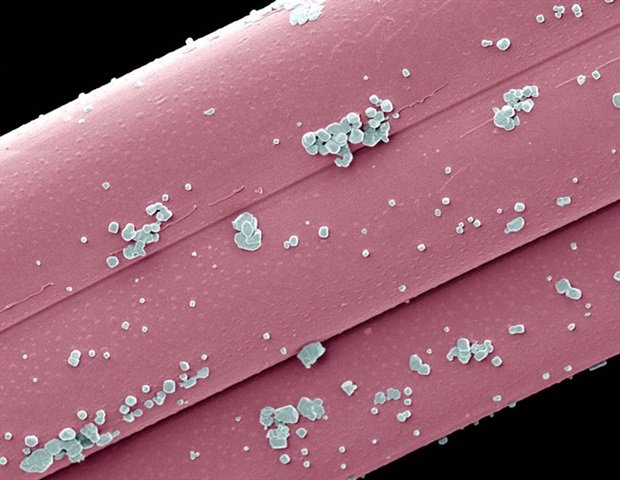A team led by Prof. Seo Dae-ha of the Department of Physics and Chemistry at DGIST (Chairman Lee Kun-woo) developed new real-time microscopy technology and successfully observed the behavior of “motor proteins”, which may be the key to revealing the cells’ efficient material transfer strategy. The research team used a nanoparticle detector, high-resolution microscopy, and Fourier transform algorithm technologies to develop “Fourier transform-based dark-field plasmonic microscopy” (FT-pdf microscopy) with position and angle accuracy comparable to electron microscopy, achieving the highest level of existing optical microscope.
Cells transport materials efficiently through intracellular vesicles called endosomes. Materials are transported to their destination by motor proteins that move along a complex network of microtubules. Observing the movement and rotation of endosomes that occur in the transport process provides important information for understanding how intracellular transport is efficiently regulated, which in turn helps to elucidate cell functions and diseases.
To visualize this transport process, the research team developed FT-pdf microscopy that performs Fourier transform analysis technique that uses nanoparticles that have “polar angle dependence”. Images of the scattering signals observed by the rotating polarized light are recorded continuously over a long period of time, and when combined with existing single-particle tracking technology, the movement and rotation of the particles can be observed in real time.
Using a dark-field plasmon microscope, the research team discovered temporal patterns (characteristics of high temporal order) in the rotational movements of endosomes in cells, which they interpreted as similar to the reinforcement learning strategy of navigation robots or Internet search engines. The real-time endosome transport strategy can be analyzed and applied to disease cell models to explain and diagnose the cause of diseases.
As shown in this study, the ordinary cells that make up the human body appear to be equipped with the data-learning technology of the robots that people are actively developing.”
Professor Seo Dae-ha, Department of Chemical Physics at DGIST
“This molecular-level strategy holds the key to accurate material transport and is another research topic. Our research result is expected to contribute to the understanding and diagnosis of diseases in the future through its application to diseased cells,” added Professor Seo.
The research was supported by the Ministry of Science and ICT and the Basic Research Program and Engineering Research Center (ERC) Program of the National Research Foundation of Korea, the Grand Challenge Research Innovation Program of DGIST (D-GRIP), and the HR+ Program. The results of the research were published in the international journal Advanced Science (AN 15.1).
Source:
Journal Reference:
Jin, S., et al. (2024). Temporal patterns of angular displacement of endosomes: Insights into motor protein exchange dynamics. Advanced Science. doi.org/10.1002/advs.202306849.
